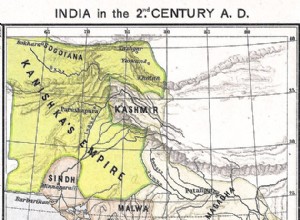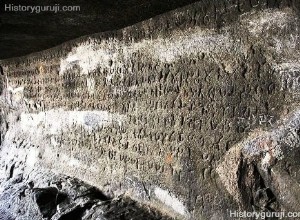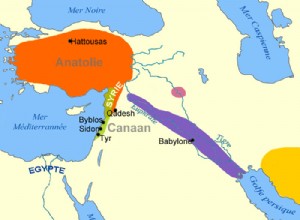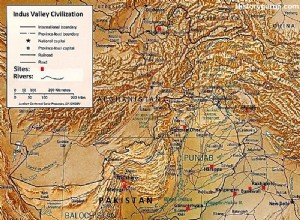According to Grierson (Central Asia) the people of the Media were Aryans and were here in 2500 BC. Aryans were dominant in the media. Their gods were those whose names we find later in India and that they were Satem speakers, which is more closely related to ancient Sanskrit. Almost all the imperia




